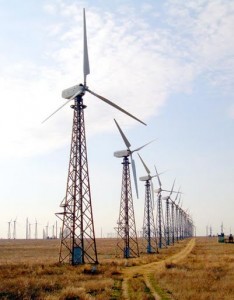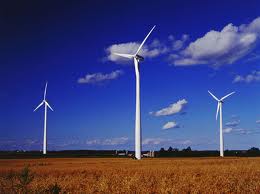
The beach might not be a turtle egg-laying site for much longer
Credit to: http://www.newscientist.com/
by Catherine Brahic, La Escobilla, Mexico
THE egg is exactly the same shape, size and colour as a ping-pong ball, but soft and covered in a thin, glistening fluid. Just seconds ago it was dumped into a hole in the sand by a female olive ridley sea turtle.
It’s midnight on La Escobilla beach on Mexico’s Pacific coast, where two biologists and I squat near the solitary turtle. She’s one of the stragglers; last week, some 50,000 females swam in to lay their eggs, a phenomenon known as an arribada. The beach plays host to several arribadas each year. In 2007, 1.4 million nests were dug in this 15-kilometre stretch of sand, making it a contender for the largest sea-turtle nesting site in the world. (more…)
 Liao Yusheng
Liao Yusheng







